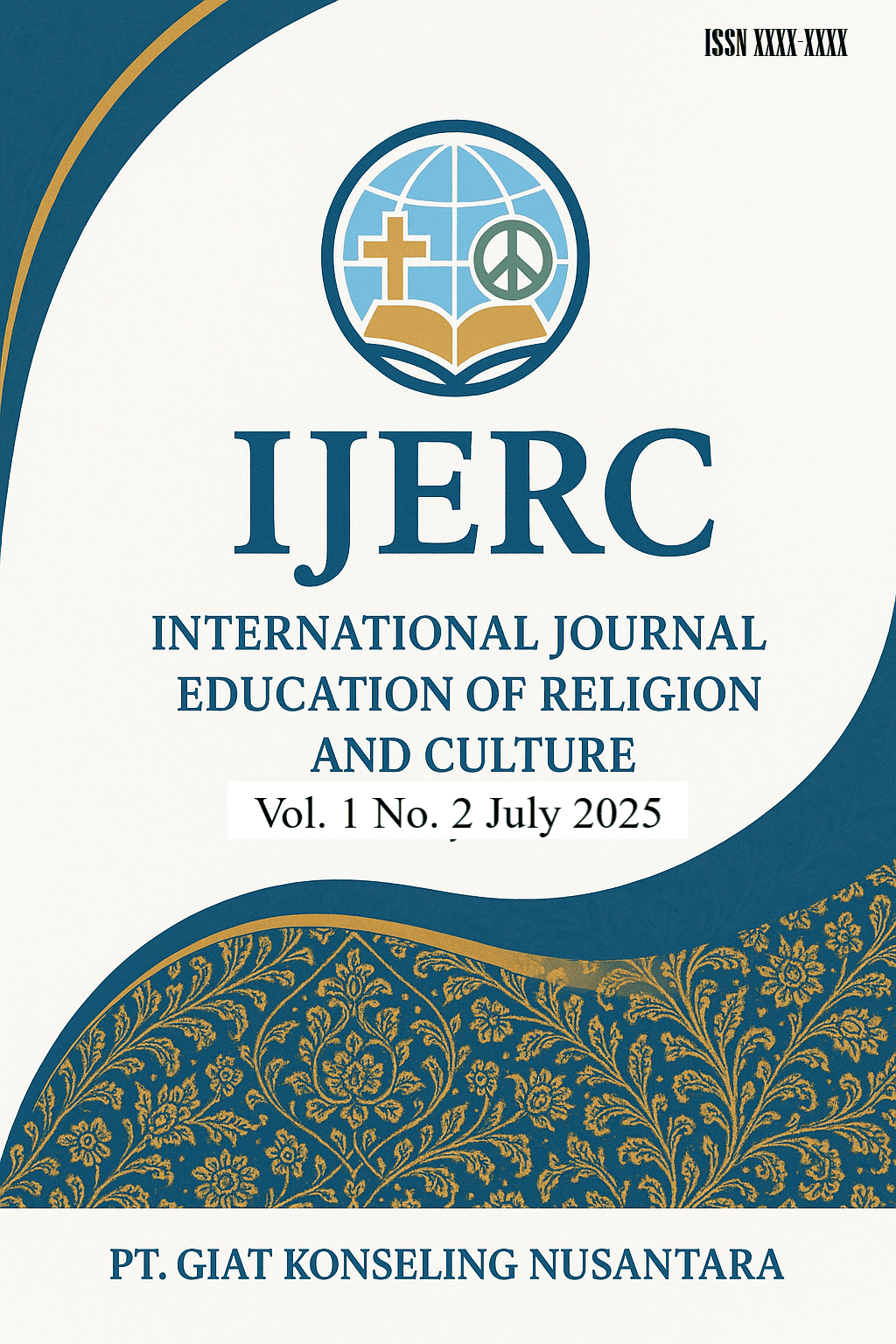The Woloan Stilt House Industry and Inequality in Access to Wood: A Regulatory Review and Reflections on Public Ecotheology
Keywords:
Woloan stilt houses, timber access, structural inequality, forestry regulations, public ecotheology, ecological justiceAbstract
The stilt house industry in Woloan Village, Minahasa, has developed into an icon of the local economy and culture that depends on the availability of timber raw materials. However, this industry faces serious issues in the form of inequality in access to timber resources between large businesses, small craftsmen, and the local community. This study aims to analyze the regulatory policies governing timber distribution, uncover the forms of inequality that exist, and offer a public eco-theological reflection as an ethical and spiritual framework for addressing this issue. Using a descriptive-critical qualitative approach and case studies, data was collected through in-depth interviews, analysis of forestry policy documents, and field observations. The results of the study show that forestry regulations do not yet fully guarantee equitable access and are still marred by bureaucratic practices, corruption, and the dominance of certain actors in timber distribution. Public eco-theological reflection highlights the importance of human responsibility towards creation, ecological justice, and the role of faith communities in advocating for fair and sustainable resource management. This study recommends regulatory reforms based on local participation, the empowerment of churches in ecological education, and cross-sector collaboration to create more equitable and sustainable forest governance.
References
Boff, L. (1997). Cry of the Earth, Cry of the Poor. Orbis Books.
Borras, S. M., Hall, R., Scoones, I., White, B., & Wolford, W. (2011). Towards a Better Understanding of Global Land Tenure: An Editorial Introduction. The Journal of Peasant Studies, 38(2), 209–216. https://doi.org/10.1080/03066150.2011.559005
Ministry of Forestry of the Republic of Indonesia. (1999). Law No. 41 of 1999 on Forestry.
Ministry of Forestry of the Republic of Indonesia. (2015). Regulation of the Minister of Environment and Forestry No. P.12/MenLHK-II/2015 on IPHHK (Permits for the Utilization of Timber Forest Products).
Hidayat, S. (2016). Inequality of access to natural resources and agrarian conflicts. Reflective Sociology Journal, 10(2), 251–272.
Ministry of Environment and Forestry of the Republic of Indonesia. (2020). Timber Legality Verification System (SVLK): Guidelines and Procedures.
Latour, B. (2004). Politics of Nature: How to Bring Science into Democracy. Harvard University Press.
Leopold, A. (1949). A Sand County Almanac. Oxford University Press.
Manoppo, F. (2018). Cultural traces of Minahasa wooden houses: A study on the preservation of traditional Woloan architecture. Journal of Indonesian Architecture, 6(1), 45–60.
Nasa, M. (2021). The Woloan stilt house industry and local-global dynamics. Indonesian Anthropology Journal, 42(2), 213–228.
Patton, M. Q. (2002). Qualitative Research and Evaluation Methods (3rd ed.). Sage Publications.
Rawls, J. (1971). A Theory of Justice. Harvard University Press.
Setiawan, B. (2017). Forestry regulations and community access to timber resources: A critical analysis of distribution policies. Journal of Law & Development, 47(3), 437–456.
Sumardjo, J. (2014). The role of religion in building ecological awareness in society. Journal of Theology and Society, 19(1), 57–73.
Wirzba, N. (2015). From Nature to Creation: A Christian Vision for Understanding and Loving Our World. Baker Academic.
Wulan, Y. C., Yasmi, Y., Purba, C., & Wollenberg, E. (2004). Analysis of Forestry Sector Conflicts in Indonesia 1997–2003. Center for International Forestry Research (CIFOR).
Downloads
Published
Issue
Section
License
Copyright (c) 2025 Authors

This work is licensed under a Creative Commons Attribution 4.0 International License.







